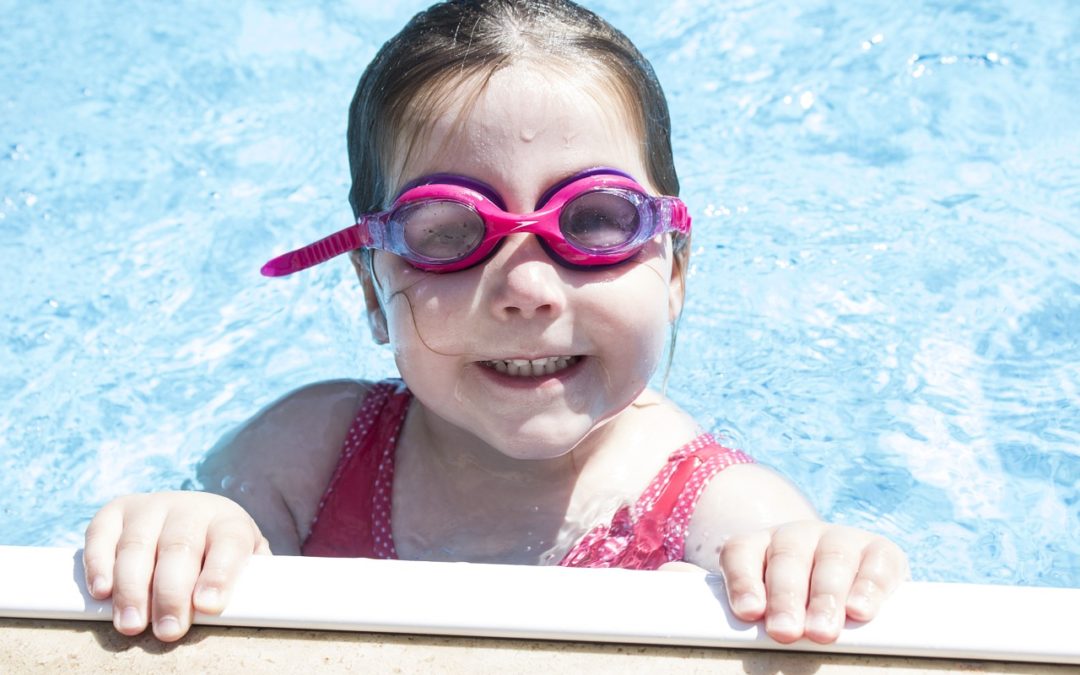According to the CDC, drowning is the number one cause of unintentional death for children between the ages of 1 and 4. And according to the U.S. Consumer Product Safety Commission, 390 deaths a year on average are attributed to drowning in a swimming pool or spa.
We’re dedicated to the health and safety of our community. Every year, we participate in the effort to reduce the number of kids lost to accidental drowning. Water safety is crucial.
Water Safety Tips Courtesy from the International Swimming Hall of Fame (ISHOF)
- Teach children water safety and swimming skills as early as possible.
- Always brief babysitters on water safety, emphasizing the need for constant supervision.
- Appoint a designated watcher to monitor children during social gatherings at or near pools.
- Equip doors and windows that exit to a pool area with alarms.
- Install a poolside phone, preferably a cordless model, with emergency numbers programmed into speed-dial.
- Post CPR instructions and learn the procedures.
- Keep rescue equipment poolside. Don’t wait for the paramedics to arrive because you will lose valuable lifesaving seconds. Four to six minutes without oxygen can cause permanent brain damage or death.
- Keep a first aid kit at poolside.
- Install four-sided isolation fencing, at least five feet high, equipped with self-closing and self-latching gates, that completely surrounds the pool and prevents direct access from the house and yard.
- Maintain constant visual contact with children in a pool or pool area. If a child is missing, check the pool first; seconds count in preventing death or disability.
- Don’t use flotation devices as a substitute for supervision. Never allow a young child in a pool without an adult.
- Don’t leave objects such as toys that might attract a child in the pool and pool area.
- Never prop the gate to a pool area open.
- Don’t rely on swimming lessons, life preservers or other equipment to make a child “water safe.”
- Never assume someone else is watching a child in a pool area.
- Don’t leave chairs or other items of furniture where a child could use them to climb into a fenced pool area.
- Don’t think you’ll hear a child who’s in trouble in the water; child drowning is a silent death, with no splashing to alert anyone that the child is in trouble.
Get Swimming Lessons for Your Child
While we are not able to offer swimming lessons this year because of Covid restrictions, formal swimming lessons can reduce the risk of drowning by more than 80%. Until lessons are able to resume, even more caution should be taken with swim safety,

